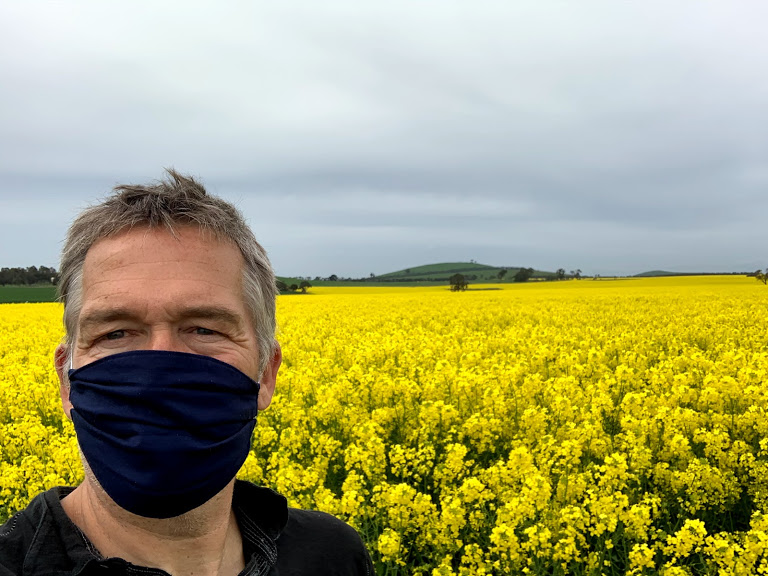The Victorian Government’s “Global Victoria” website proudly declares that each year between 2010 and 2017, the Economist Intelligence Unit’s Global Liveability Index awarded Melbourne as the world’s top city. Currently rated the world’s second most liveable city, Melbourne has been ranked as one of the world’s top three most liveable cities since the index began in 2002. “Our cohesive and stable society, healthcare, education and world-class infrastructure make Melbourne a magnificent city in which to live, work and study.”
Although the Economist Intelligence Unit’s Global Liveability Index has ranked Melbourne as one of the world’s top three most liveable cities since 2002, Coronavirus outbreaks have shown starkly how ‘liveability’ need to be understood as relative to where you live. Liveability is meaningless when applied at the level of the entire city. Greater Melbourne’s footprint is more than 9900 square kilometres! It is inevitable that the quality, diversity, and affordability of our housing will vary enormously across the metropolitan area. So will our ease of access to meaningful employment; good transport and local services; fresh, affordable food, open space and nature, sporting facilities, walkable neighbourhoods, lifelong learning opportunities, childcare, health services and so on. And across Metropolitan Melbourne, the geographical spread of Coronavirus has shown in stark relief that liveability is a local concept.
As foreshadowed by the WHO Commission on Social Determinants of Health, COVID’s spread reflects “the distribution of money, power, and resources at global, national, and local levels”. Global factors include human population growth, climate change, environmental displacement, and political upheaval wrought by the same global neoliberal forces. These factors have all impacted on liveability.
During 2020, Melbourne’s second wave of Coronavirus was most prevalent in Melbourne’s north-west. Here, people from diverse migrant populations, including those who have settled on humanitarian visas, live in traditional industrial suburbs and more remote new suburbs with limited access to transport and social infrastructure. Coronavirus spread rapidly by people working multiple jobs in insecure, casual employment without sick pay or other benefits, often in factories and abattoirs in which workplace occupational health and safety provisions have been lacking. The sub-contracted private security guards at Melbourne’s quarantine hotels were found to be working multiple jobs, including delivering food when not on shift at the hotel. Their job induction had been minimal, and their understanding of hygiene and their potential role as vectors of contagion was tempered by workplace training and norms, and the need to find work to pay for shelter, food, and services.
The geographical distribution of Coronavirus has thus highlighted the intersection of class, ethnicity, employment, and insecurity across Melbourne. COVID has shown in stark relief the demographic dispersal of people based on their life chances, and the impact that their circumstances has on where they work, how they work, whether they stay well, and how they may contribute to the spread of the virus.
Plan Melbourne’s ’20-minute neighbourhood’ concept does include ‘jobs close to homes’. However, it does not explicitly call for easy geographical access to secure jobs that offer meaningful, regular work with predictable hours and a living wage. Considering the geographical spread of Coronavirus across Melbourne, this is an opportune moment for strategic planners, urban developers and urban policymakers to consider the link between the quality of employment, liveability, and health in our urban development across Australia.

No responses yet